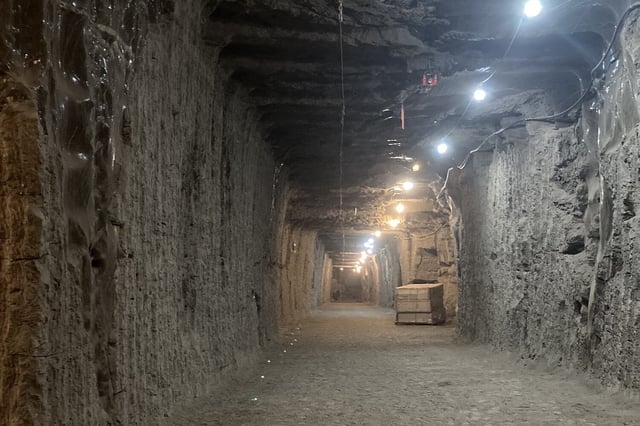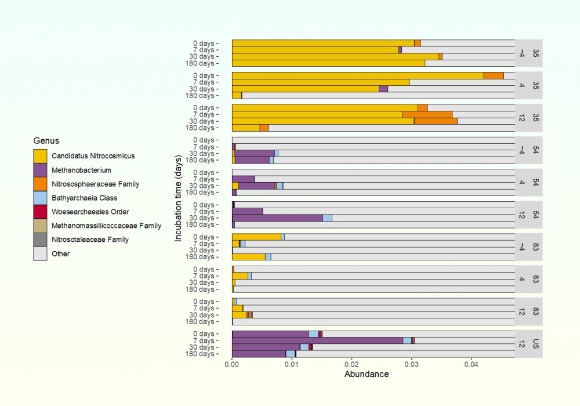Overview
- CU Boulder–led researchers revived microbes from Late-Pleistocene permafrost up to about 40,000 years old and reported the findings on October 2, following peer-reviewed publication on September 23 in JGR: Biogeosciences.
- In simulated thaw at 4°C and 12°C using deuterium-labeled water, initial turnover was extremely slow, replacing roughly one in 100,000 cells per day during the first months.
- By around six months, microbial communities shifted markedly and some bacteria formed visible biofilms, indicating substantial growth after the prolonged lag phase.
- The study suggests short hot spells are less consequential than longer warm seasons for triggering microbial breakdown of organic matter that can release CO2 and methane.
- Samples came from the U.S. Army Corps of Engineers’ Permafrost Research Tunnel near Fairbanks, and the team emphasized sealed handling, low likelihood of human pathogenicity, and limits to generalizing beyond this single site.

